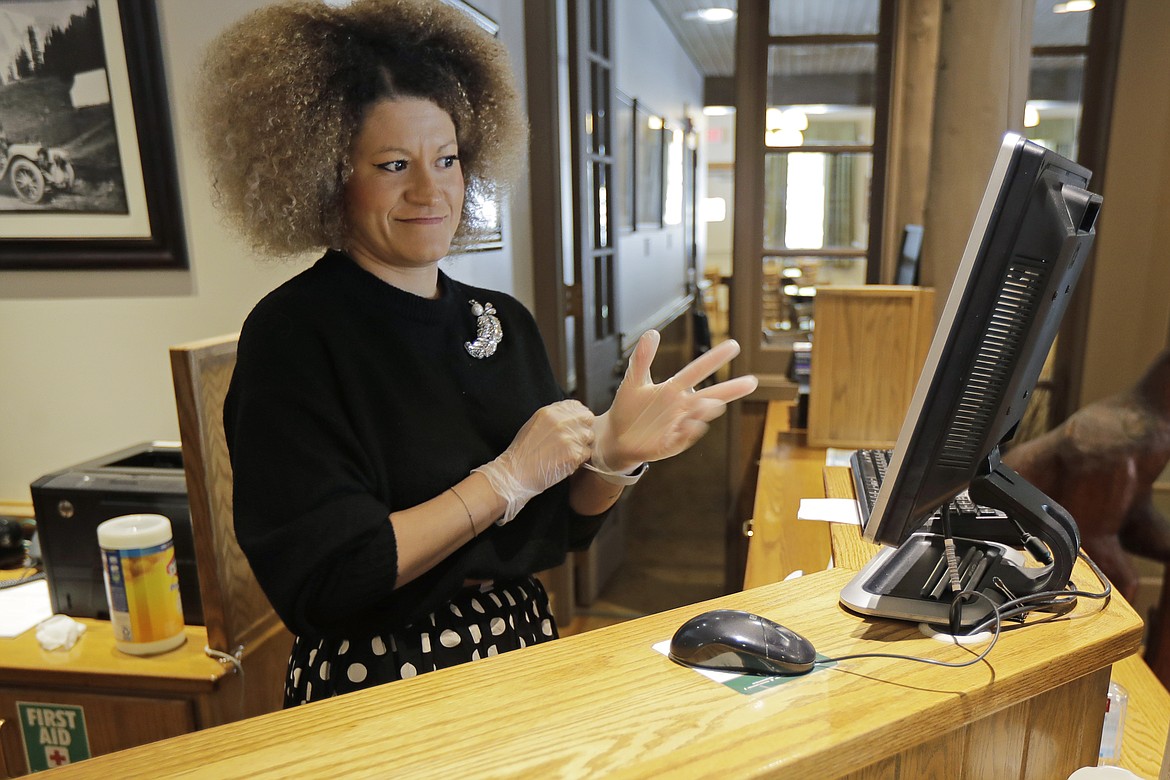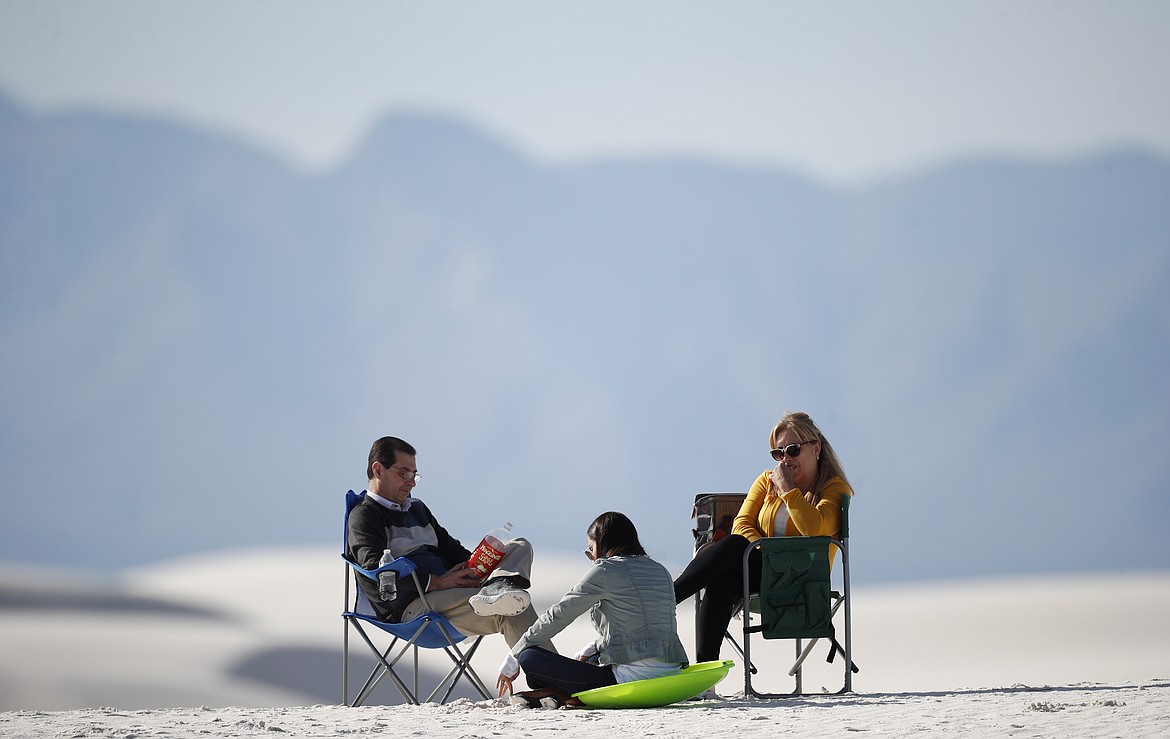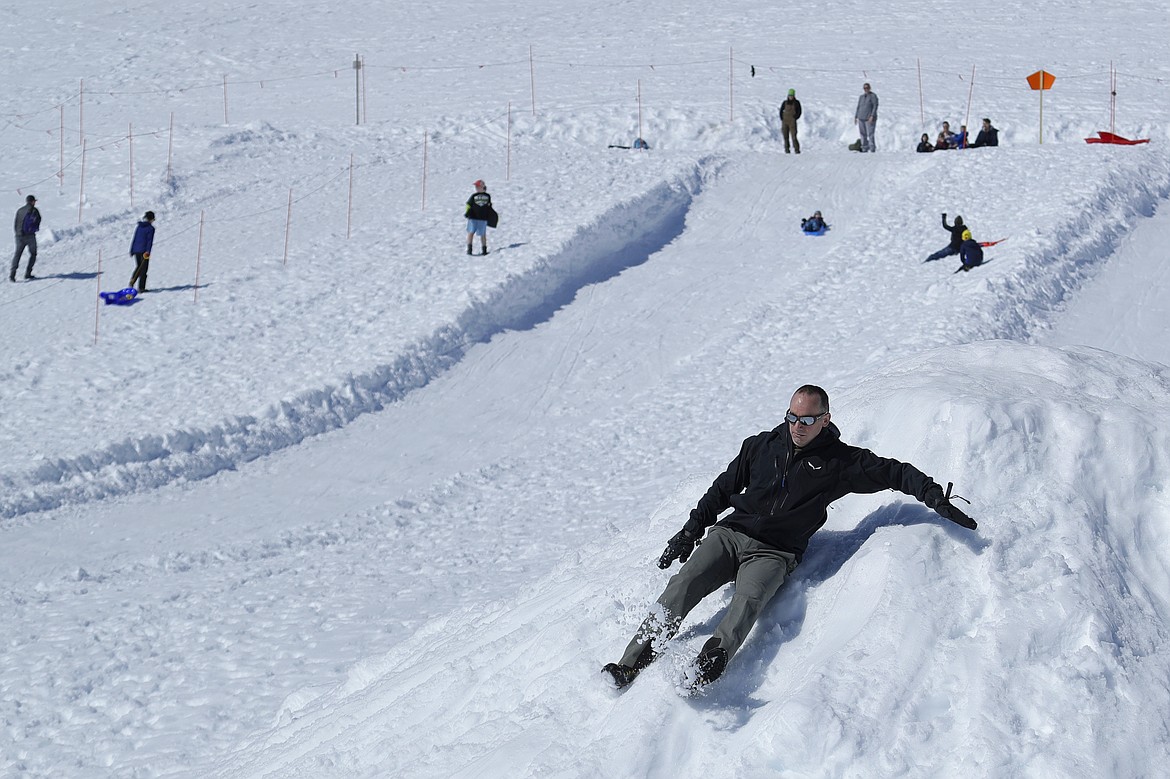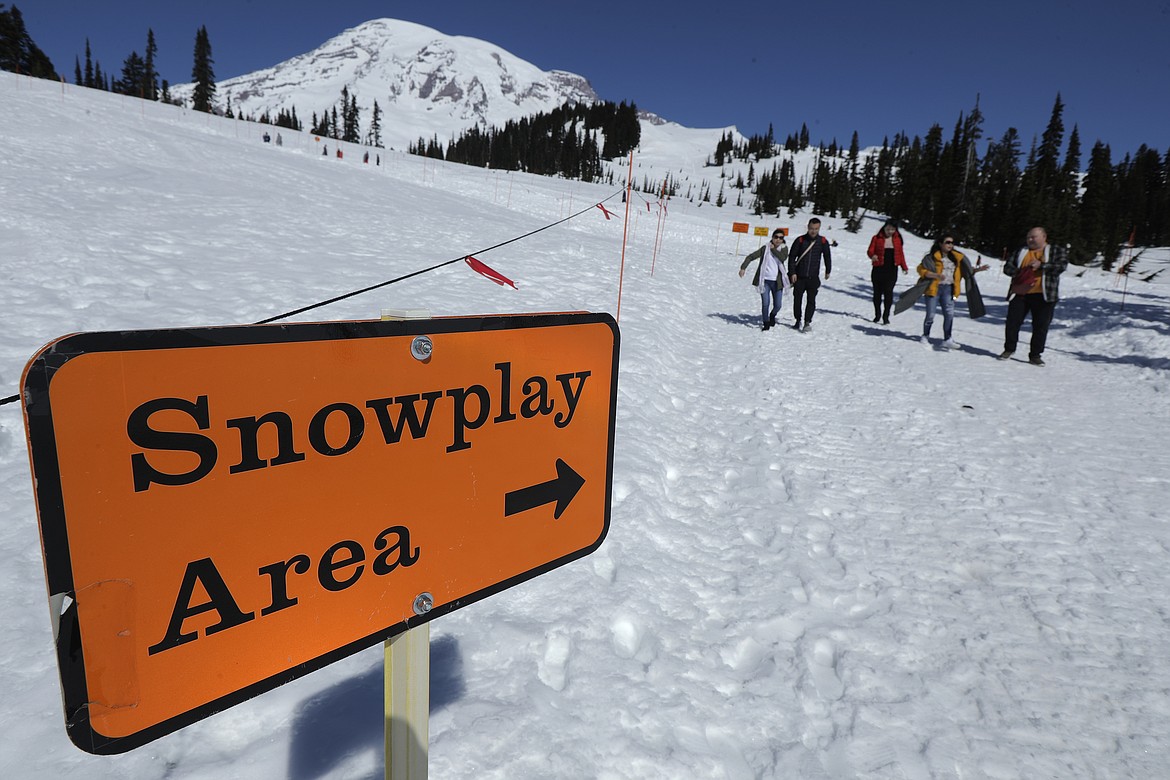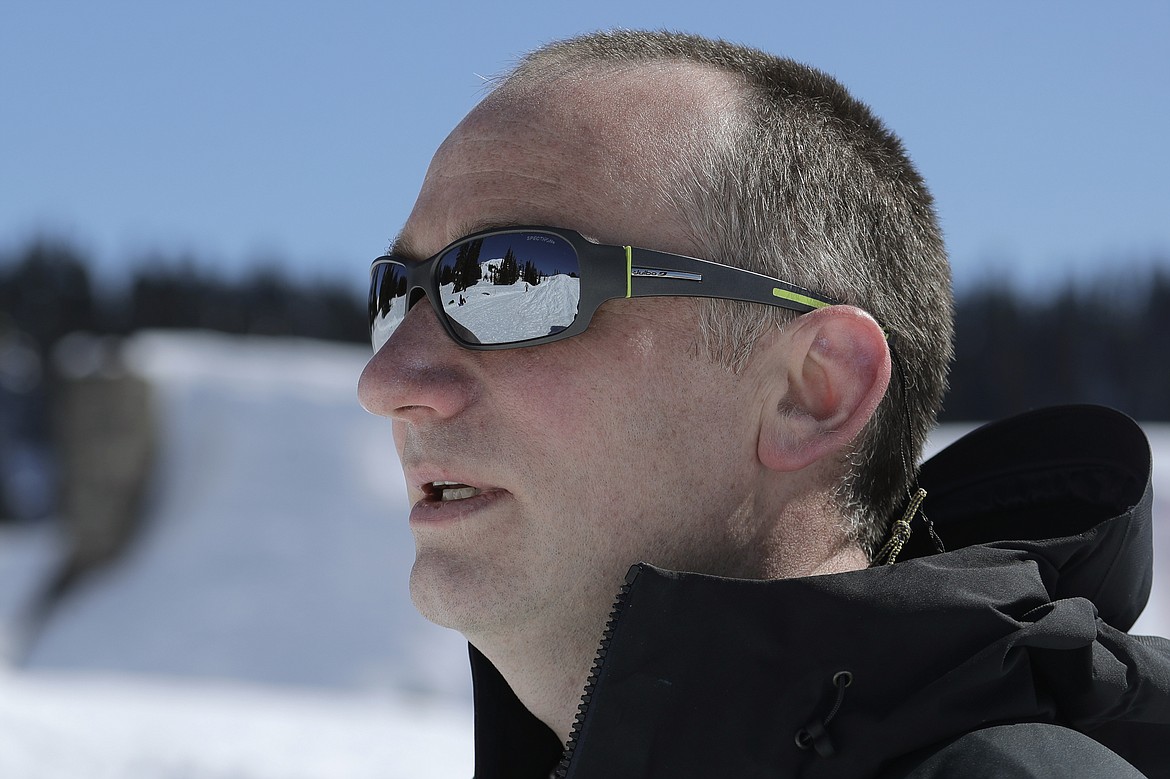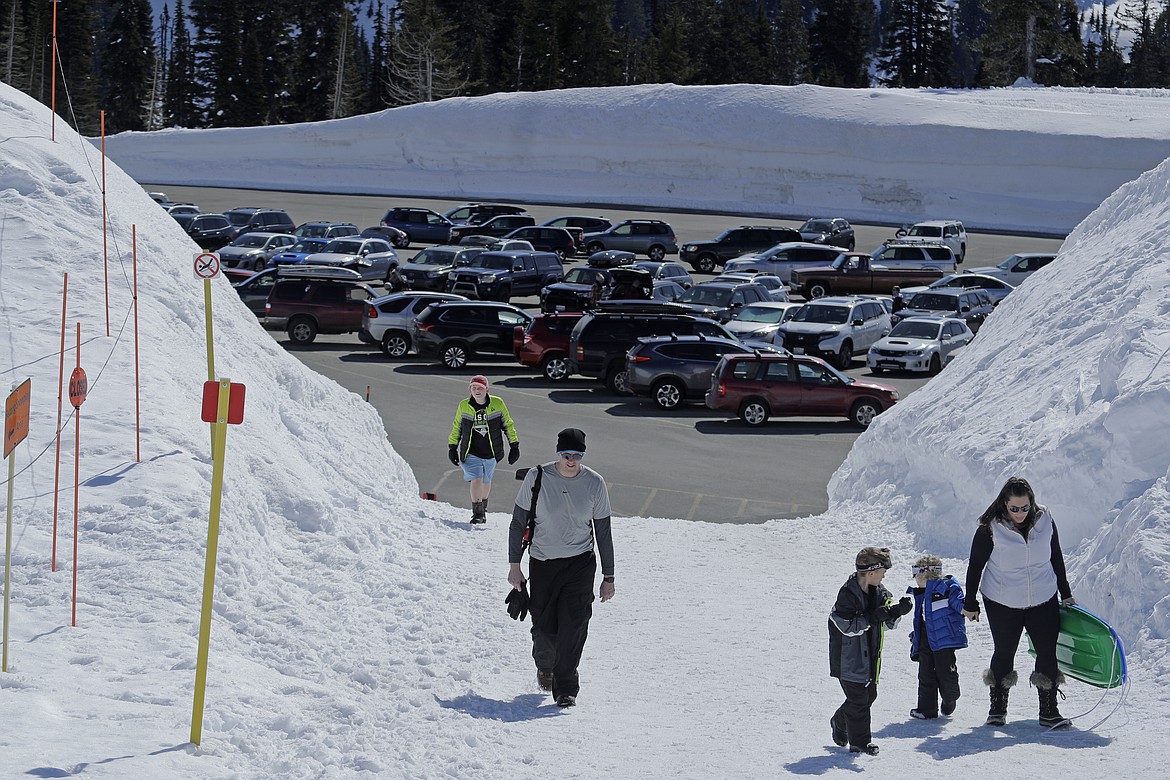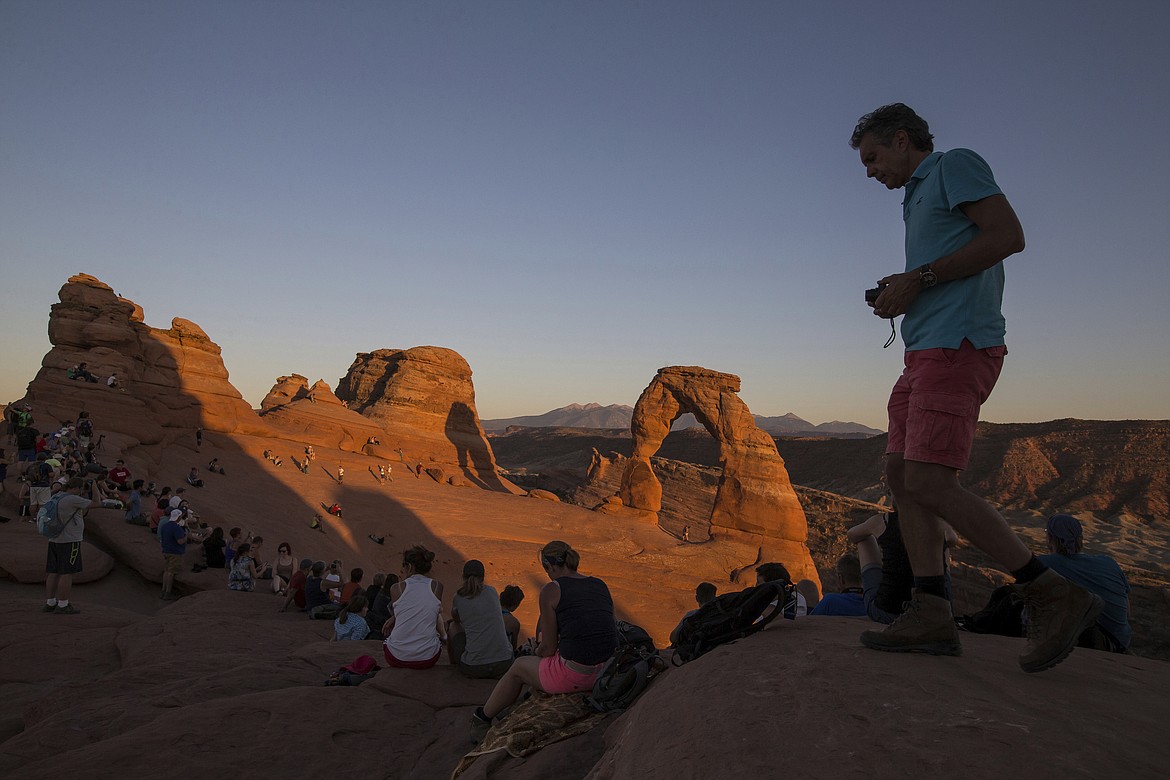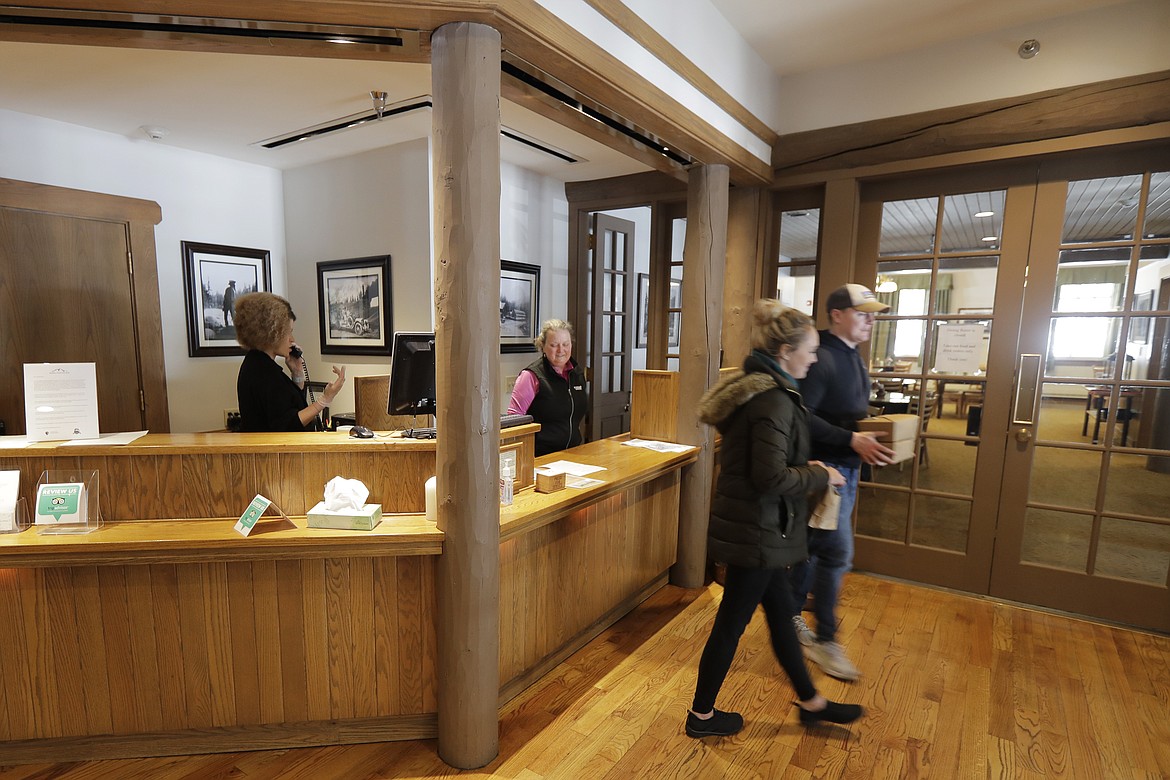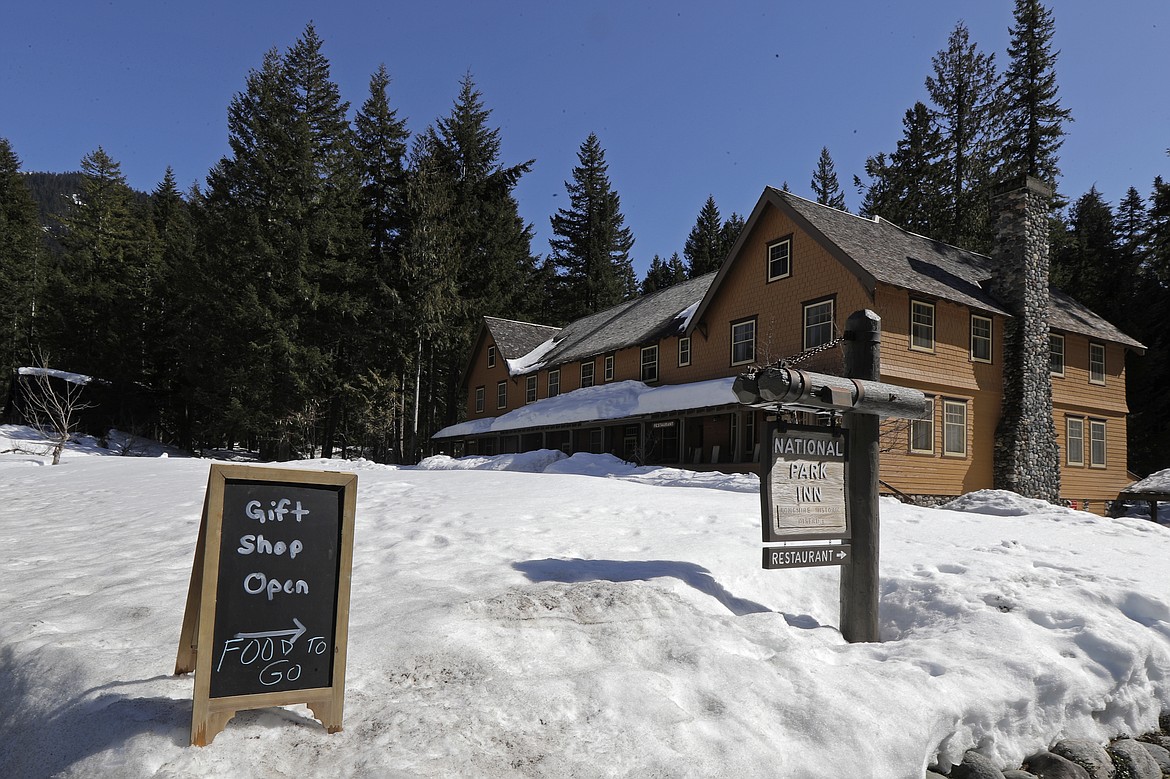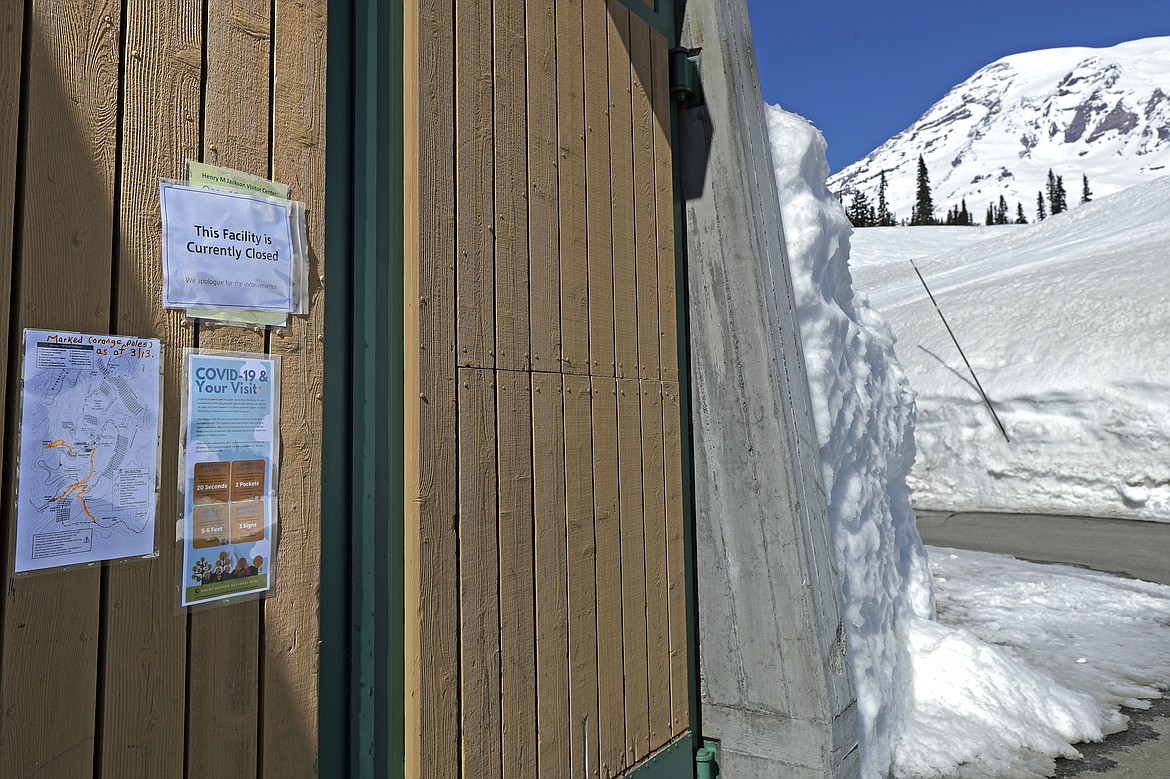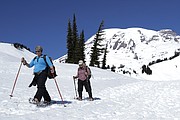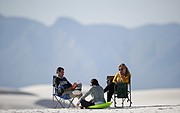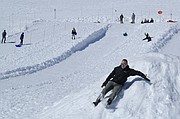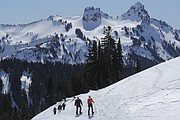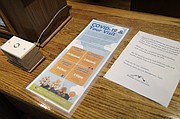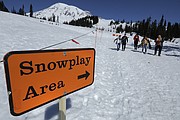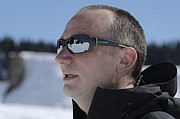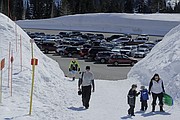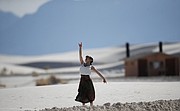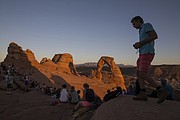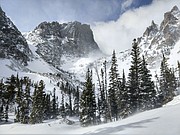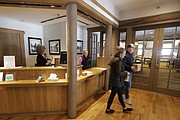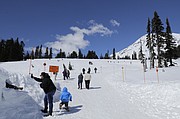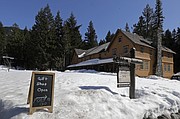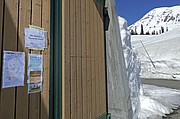National parks are free, but some oppose that amid the virus
James Anderson | Hagadone News Network | UPDATED 5 years, 9 months AGO
SALT LAKE CITY (AP) — Most national parks are open as a refuge for Americans tired of being stuck at home during a pandemic, but despite now being free to visit, people may find it more difficult to enjoy them as parks close visitor centers, shuttles, lodges and restaurants to fight the spread of the coronavirus.
Parks are trying to keep up with ever-changing rules and recommendations from government officials who are urging people to avoid gathering in large groups but allowing them to get outside for fresh air and exercise as long as they keep away from others.
The National Park Service says it's adhering to the latest guidelines from the White House and Centers for Disease Control and Prevention, vowing to keep outdoor spaces open while giving park superintendents the power to close or modify operations.
Interior Secretary David Bernhardt this week temporarily waived entrance fees at national parks, monuments and wildlife refuges to make it easier for people to get outdoors and “implement some social distancing."
“Getting out into the wilderness is perfect for what we call the ‘shack nasties’ — being cooped up inside your home,” said Trish Jacob, an employee of a backcountry guiding company near Rocky Mountain National Park.
But not everyone is on board with the idea of people descending on parks and their gateway towns to escape the virus.
Making parks free will lead to overcrowding and put staffers and visitors at greater risk of being exposed to the virus, according to a group representing park service employees.
“It is irresponsible to urge people to visit national park sites when gathering at other public spaces is no longer considered safe,” said Phil Francis, chairman of the Coalition to Protect America’s National Parks.
A hospital in Moab, Utah, also has implored state officials to slow the flow of people coming to see the red rocks and unique formations at Arches and Canyonlands national parks over fears the facility couldn't handle an outbreak. In response, officials this week limited hotel stays to people in town for work and banned dining in restaurants.
Nationally, parks are devising ways to stay open while keeping people safely apart and trying to ensure employees stay healthy. Many closed visitor centers, museums and entrance booths while rangers are stationed outside to field visitors' questions.
Though rangers are working, some parks warned people to be extra cautious, especially in places with wintry weather, because resources are strained amid the pandemic and rescues may be more difficult.
Zion National Park in southern Utah halted shuttles used by most people visiting its red rock vistas nestled in a narrow canyon. Tourists now must wait for limited parking to free up. Grand Canyon National Park also stopped its shuttles and closed its restaurants.
In Northern California, visitor centers at several destinations managed by the park service, such as Muir Woods National Monument, Alcatraz Island and the Golden Gate Bridge, are closed. Yosemite National Park closed its campgrounds.
Chris Brunell, who spent most of the past three weeks camping in Yosemite, said he was told he had to pack up and leave Thursday, two days earlier than he expected.
Brunell, who was laid off from a Silicon Valley technology job before the outbreak, said the park emptied noticeably after lodging and restaurants closed Tuesday.
“Compared to the usual numbers, it’s just a trickle,” he said.
Yellowstone National Park, Mount Rainier National Park in Washington state and Rocky Mountain National Park in Colorado also closed facilities. Most amenities and roads in Yellowstone — which spans parts of Wyoming, Montana and Idaho — and Rainier normally are closed this time of year because of deep snow. The Statue of Liberty National Monument and Ellis Island in New York are closed entirely.
Workers at Grand Canyon have shifted away from duties that put them close to tourists.
“We’re just coming up with different ways for them to do their jobs that’s mindful of the CDC guidelines,” park spokeswoman Lily Daniels said.
For most people, the coronavirus causes only mild or moderate symptoms. But for the elderly and people with existing conditions, it can cause more severe illness. The vast majority of those who are infected recover.
In Utah, the hospital's concerns are over the social interactions at hotels, bars, restaurants and often crowded trailheads or entrance gates. Expecting thousands of tourists in the city this weekend, Moab Regional Hospital executives urged the governor to ban visitors. But tourists have only been prohibited from staying at hotels.
"We’re just encouraging people stay home and stay in their residences and to wait out this two weeks and hopefully things will return to some kind of normal,” said Elaine Gizler, executive director of the Moab Area Travel Council.
In Rocky Mountain National Park, Katarina Takahashi of Longmont, Colorado, trudged through fresh snow during a three-hour hike to Emerald Lake, passing other alpine lakes surrounded by towering peaks. She called the 3-mile (5-kilometer) trek last week a much-needed escape.
“It’s a very refreshing time to be outdoors, to get the health benefits of exercising, be in the sunshine, and get away as well from the anxiety I’ve felt, that we’re all feeling, about the virus," said Takahashi, a 32-year-old freelance Japanese language translator who blogs about the outdoors.
Businesses in Estes Park, a gateway town that relies heavily on Rocky Mountain National Park, are watching virus developments warily.
“We are open for business until the city tells us otherwise,” said Jacob, who works for Kirk Mountain Adventures, which offers snowshoeing, fly fishing, hiking, backpacking and other excursions into the park.
Kirk employees were leading snowshoeing and fly fishing trips this week — each limited to three people, not because of the virus but because many visitors want a more intimate experience in nature. But spring break business is slightly down, Jacob said.
Like its Moab counterpart, the Estes Park Chamber of Commerce is focusing more on helping its members deal with the virus than promoting tourism. The town’s already been hit by a statewide ban on dining at restaurants and bars.
If there's any silver lining, it may be better that the first shock waves from the coronavirus are hitting now, rather than during the peak summer season, chamber executive director Keith Pearson said.
“By Memorial Day, if the worst can be in the rear-view mirror, that would be fantastic," Pearson said.
–––
Anderson reported from Denver. Associated Press writers Lindsay Whitehurst in Salt Lake City, Felicia Fonseca in Flagstaff, Arizona, and Brian Melley in Los Angeles contributed to this story.
ARTICLES BY JAMES ANDERSON
Wild horse roundups ramping up as drought grips the US West
TOOELE, Utah (AP) — The sound of the helicopter propeller thundered across the horizon as it dipped down toward mustangs dotting the golden brown plain. The horses burst into a gallop at the machine's approach, their high-pitched whinnies rising into the dry air.
Wild horse roundups ramping up as drought grips the US West
TOOELE, Utah (AP) — The sound of the helicopter propeller thundered across the horizon as it dipped down toward mustangs dotting the golden brown plain. The horses burst into a gallop at the machine's approach, their high-pitched whinnies rising into the dry air.
Wild horse roundups ramping up as drought grips the US West
TOOELE, Utah (AP) — The sound of the helicopter propeller thundered across the horizon as it dipped down toward mustangs dotting the golden brown plain. The horses burst into a gallop at the machine's approach, their high-pitched whinnies rising into the dry air.



